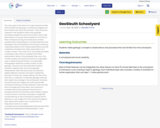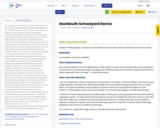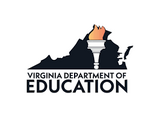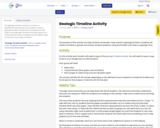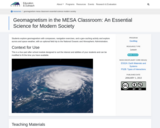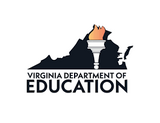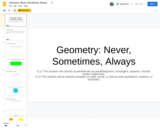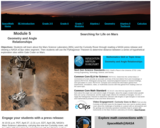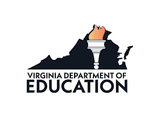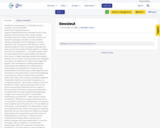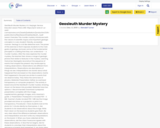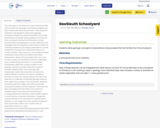
The main goal of this lesson is to get students familiar with the idea that geology is
something tangible and that it affects the world around them. They should be inspired to
ask questions about how geologic processes shaped the world around them and make
observations to answer those questions. All of this on their schoolyard.
During the introductory activity, students learn that geology is a lot like detective work.
Geologists infer the sequence and timing of events by collecting evidence and making
observations, just like a detective.
Students first make observations of a murder mystery.
Then, they try to use simple principles to develop a story that is consistent with these
observations. Many of the principles they use in the murder mystery are exactly the
same as a geologist uses in determining the history of a landscape. Photographs relate the murder mystery to real geology.
Teachers can then take their students outside to explore their new found geologic
interpretation skills. Because every schoolyard is slightly different, teachers will need to
adapt this excursion to their own unique setting. The rest of the web site is a collection
of example geologic features that might have analogs in the schoolyard.
Teachers should browse the images and walk around their schoolyard looking for similar features. There are also links to background information and classroom activities about those features that serve as a jumping off point for teaching a wide variety of topics in earth science.
A teacher could plan a single fifty minute field trip to the schoolyard to explore all the
features, or use images from this section throughout their entire earth science unit.
Content PDF url: https://prd-wret.s3-us-west-2.amazonaws.com/assets/palladium/production/s3fs-public/atoms/files/lessonthreeGeoSleuth_3.pdf
- Subject:
- Earth Resources
- Earth and Space Systems
- Science
- Material Type:
- Activity/Lab
- Date Added:
- 11/26/2019
